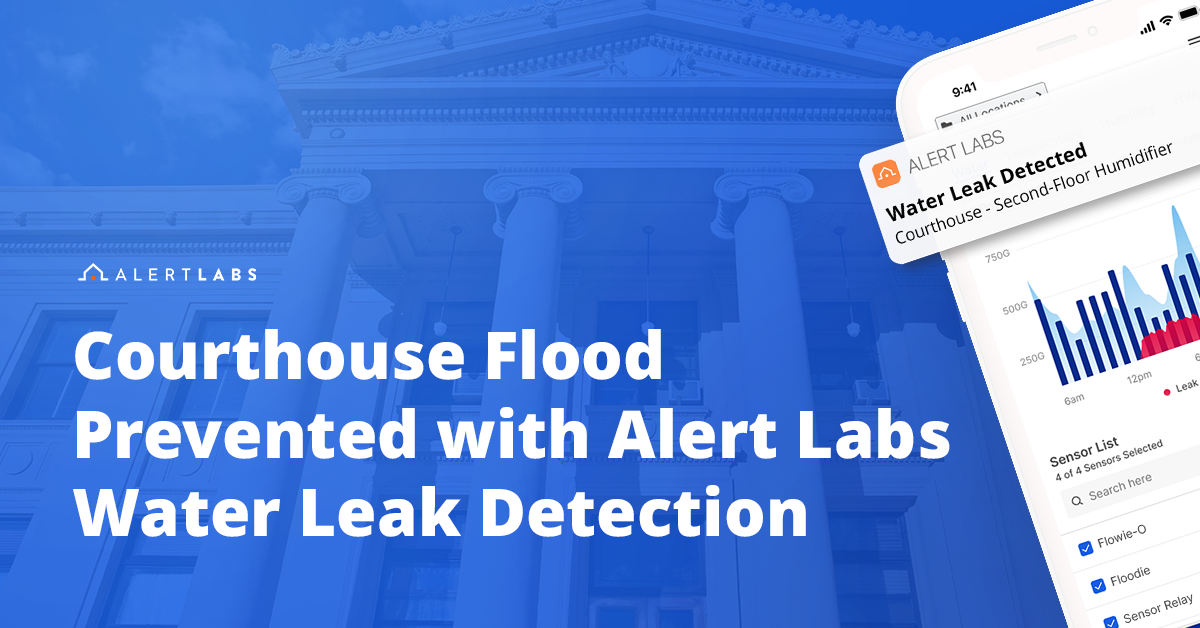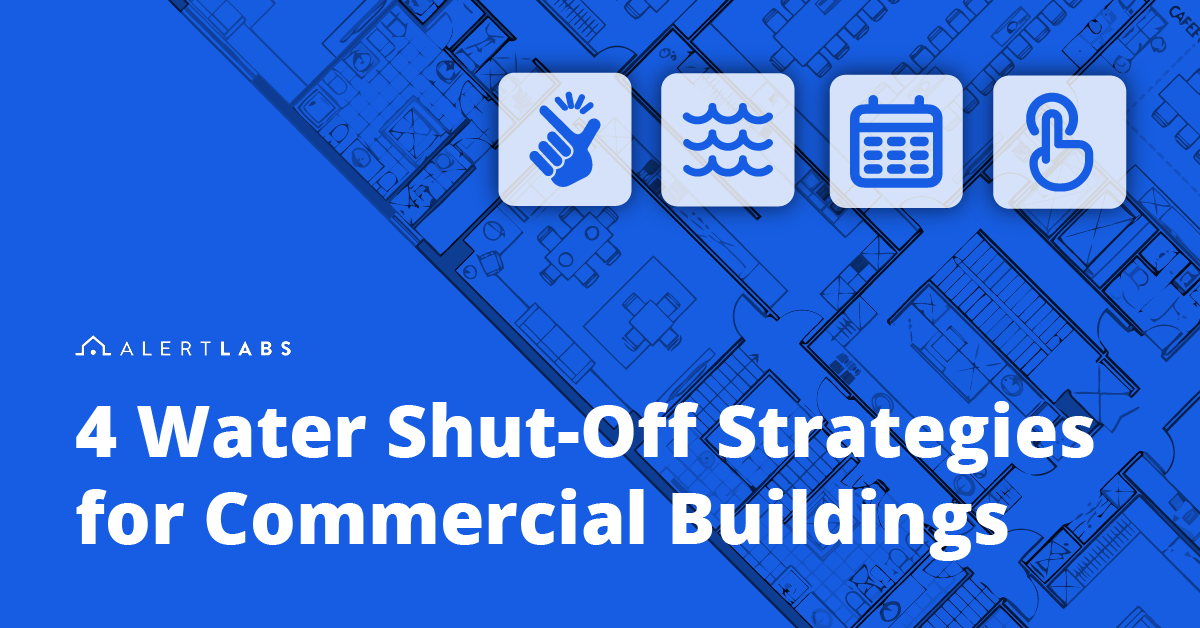How to Prevent Costly Water Damage in Schools

It’s a familiar story for school facilities teams: arriving Monday morning to find soggy ceiling tiles, flooded classrooms, or water-logged gym floors. Or worse, receiving a dreaded middle of the night phone call with news of residences flooded by burst pipes and students displaced. Each year, thousands of elementary schools, high schools, colleges, and universities across North America face disruptive and costly water damage events, resulting in unplanned closures, emergency repairs, and insurance headaches.
The Current State of School Water Damage: Understanding the Problem
Water damage in educational buildings is more common—and costly—than many realize:
A quick search of water damage and schools shows hundreds of results. A high school in Milwaukee had catastrophic damage to a server room after a sink on the floor above overflowed. At Missouri Southern State University (MSSU), a broken water pipe caused massive top-down water damage leading to staff being temporarily relocated. Leaking roofs, overflowing toilets, and HVAC malfunctions are also common culprits.
According to industry data, water damage is the most common insurance claim in the US adding up to $13 billion in losses per year.
Clearly, the pain of water damage in schools goes beyond the immediate financial impact. It disrupts education, affects student health and safety, and strains already tight budgets and resources.

Resource Constraints: An Ongoing Challenge
Most school districts operate under tight financial and staffing constraints, making proactive maintenance and leak prevention particularly challenging. A US Government Accountability Office (GAO) report shows that “about half of districts needed to update or replace multiple systems like heating, ventilation, and air conditioning (HVAC) or plumbing.” Limited staffing means that routine inspections and early detection efforts often take a back seat to more immediate, visible issues. Budget limitations also mean that unexpected repairs from water damage can significantly disrupt planned spending, pulling funds away from essential educational programs and resources.
Why Traditional Methods Aren’t Working
Regular maintenance checks and monthly water bills fail to catch most leaks early enough:
Hidden leaks: Slow leaks in ceilings, behind walls, or in HVAC units go unnoticed until significant damage occurs.
Off-hour vulnerabilities: Weekends, holidays, and summer breaks often see leaks develop unchecked.
Delayed response: Traditional manual inspections only identify visible leaks, often too late to avoid serious damage and disruption.

Practical Strategies to Prevent Water Damage in Schools
The University Risk Management and Insurance Association (URMIA) recommends proactive maintenance, monitoring technologies, and training as core to an effective water damage prevention strategy. School boards and facilities teams should also consider strategic water leak management that includes:
Step 1: Risk Assessment and Regular Inspections
Conduct comprehensive audits of:
- Roof and drainage systems
- HVAC and boiler rooms
- Science labs and restrooms
- Unoccupied areas, especially during school breaks
Establish routine inspections, particularly after storms or freeze-thaw cycles.
Step 2: Training and Awareness
Educate maintenance and custodial staff to:
- Recognize early signs of leaks (discoloration, mold, dampness)
- Report signs immediately for early intervention
Step 3: Immediate Response Plan
Develop clear emergency response procedures:
- Identify and label main water shut-off valves
- Train multiple staff members on valve operations
- Maintain updated emergency and contractor contacts
Step 4: Leveraging Technology with IoT Leak Detection Systems
Implement modern water leak detection technology, such as Alert Labs’ IoT-based system, featuring:
Flow Sensors: Track real-time water usage and detect anomalies immediately.
Moisture and Temperature Sensors: Detect leaks at their source, from ceilings to floor drains.
AI-Driven Analytics: Learn and monitor normal usage patterns, alerting staff instantly when deviations occur.
24/7 Alerts: Ensure notifications bypass network disruptions, reaching personnel via mobile alerts.
Automatic Shut-off: Integrated systems that immediately stop water flow, preventing extensive damage.
Step 5: Monitoring, Reviewing, and Adjusting
Regularly analyze system data:
- Track avoided incidents and financial savings
- Adjust sensor placement based on observed trends
- Conduct quarterly reviews and training refreshers
The Real Benefits: Protecting Students, Facilities, and Budgets
Schools that proactively plan for water damage prevention experience fewer disruptions, lower insurance costs, reduced environmental impacts, and healthier indoor environments for students and staff. Alert Labs’ case studies validate these outcomes:
K–12 district prevented a potential $5 million disaster by identifying small leaks early.
Fanshawe College saved approximately $100,000 annually through leak detection and water use reduction.
Simcoe County schools reduced annual maintenance costs by swiftly identifying and resolving leak issues.

Moving Forward: Ensuring a Safe and Efficient Learning Environment
Water damage doesn’t have to be a recurring crisis. By combining strategic planning, proactive maintenance, technology-driven detection, and staff training, schools can significantly reduce water damage incidents, ensuring safer, more productive environments for students and teachers alike.




